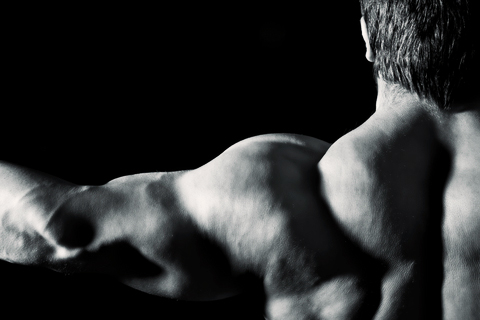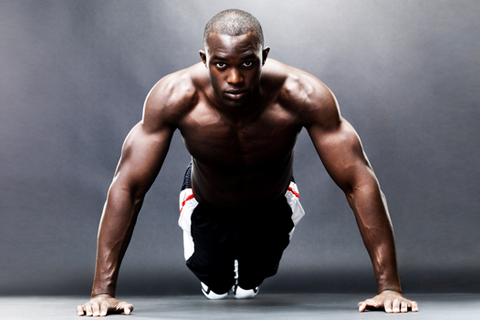The ‘Cross-Over Set’ – fluidity in sessions
by Matt Hodges
15 February 2012
Definition
On the days that you wish to train two large muscle groups an effective way of bridging the gap between isolation exercises is to practice Cross-Over setting. The Cross-Over set refers to three sets that link two muscle groups via a superset and always compound. This set can be solely resistance based exercises or a cardio/resistance based circuit.
Intermittent Fasting: The Basics
by Rosie Millen
08 February 2012
What is Intermittent Fasting?
Intermittent Fasting (IF) is, in it’s simplest definition, a pattern of alternately eating and then fasting, during which the person typically consumes only water. While there are many juice and smoothie fasts, these generally do not fall within the IF category.
Within the field of Intermittent Fasting there are many specific structures, ranging from Alternate Day Fasting (where people fast for 24 hours followed by 24 hours’ non-fasting) to various structures of eating within a time-limited period each day, perhaps over just 4 or 8 hours.
How To Get Strong Without Using Heavy Loads
by Matt Hodges
02 February 2012
Traditionally athletes have got stronger by lifting heavy weights, or in other words incorporating exercises with a high external load.
Examples include:
The back squat, where a heavy loaded barbell is placed across the upper back.
The military press, where a heavy barbell is pressed from the shoulders overhead.
The deadlift, where a heavy barbell is lifted off the floor.
Injury Prevention During Exercise
by Tim Allardyce
01 February 2012
While exercise is one of the key ingredients for health, it also comes with a risk of injury if proper precautions are not followed. Differences in anatomical and physiological factors make women more prone to certain types of injuries compared to men. For example, female athletes have been reported to be 2-8 times more likely to be affected from injury to the knee or the ankle compared to males. Nevertheless, follow all of the advice in this article and you will certainly reduce your risk of getting injured.









